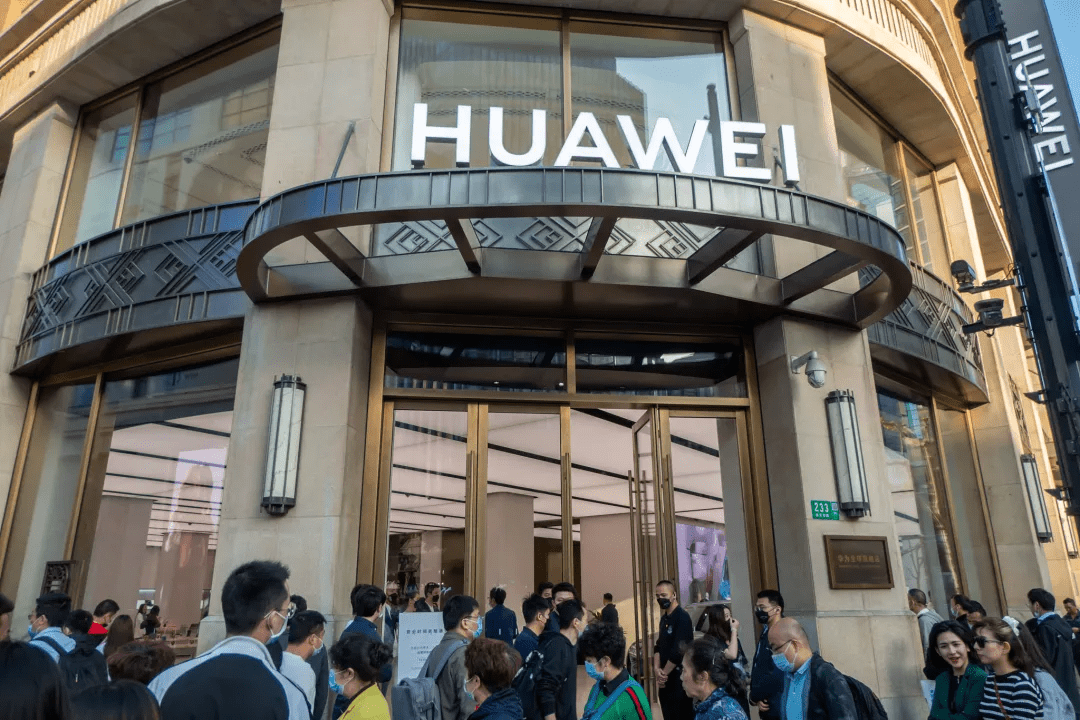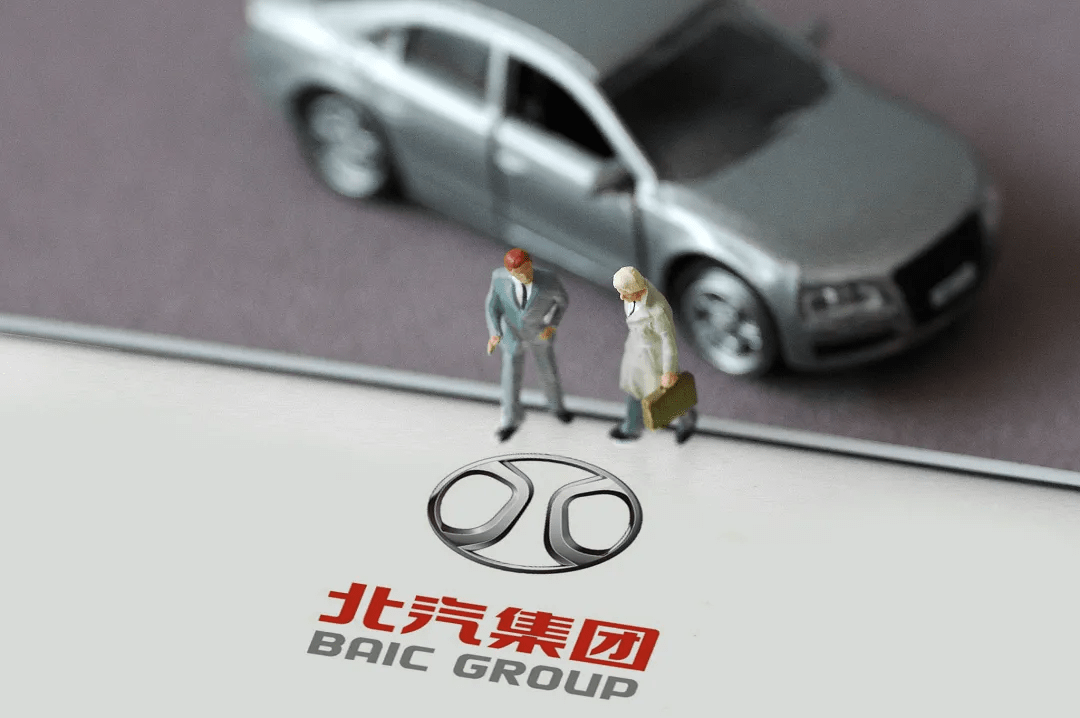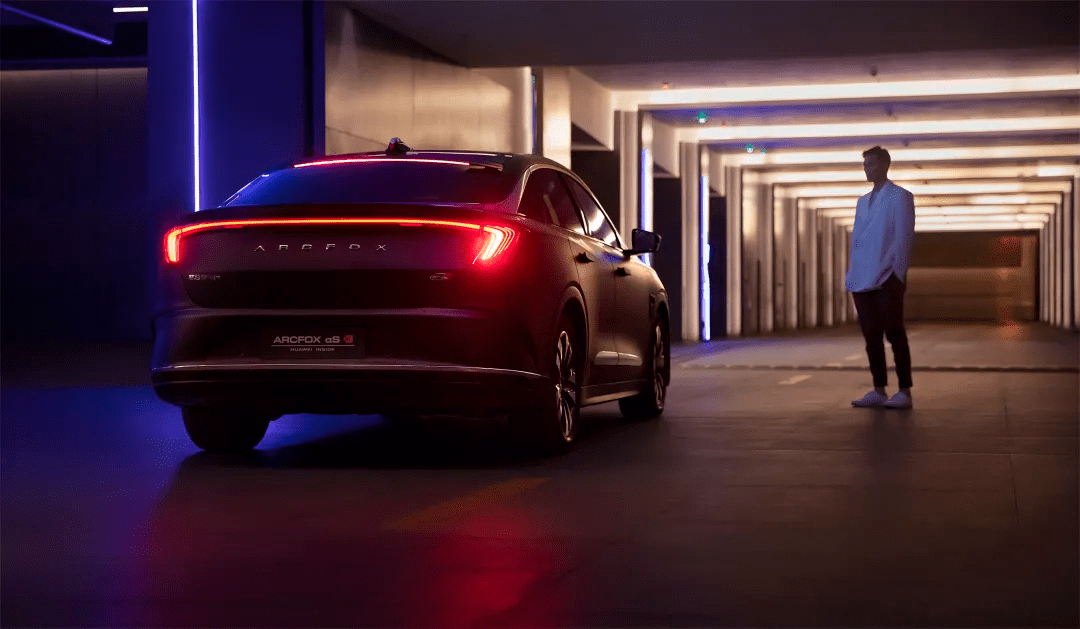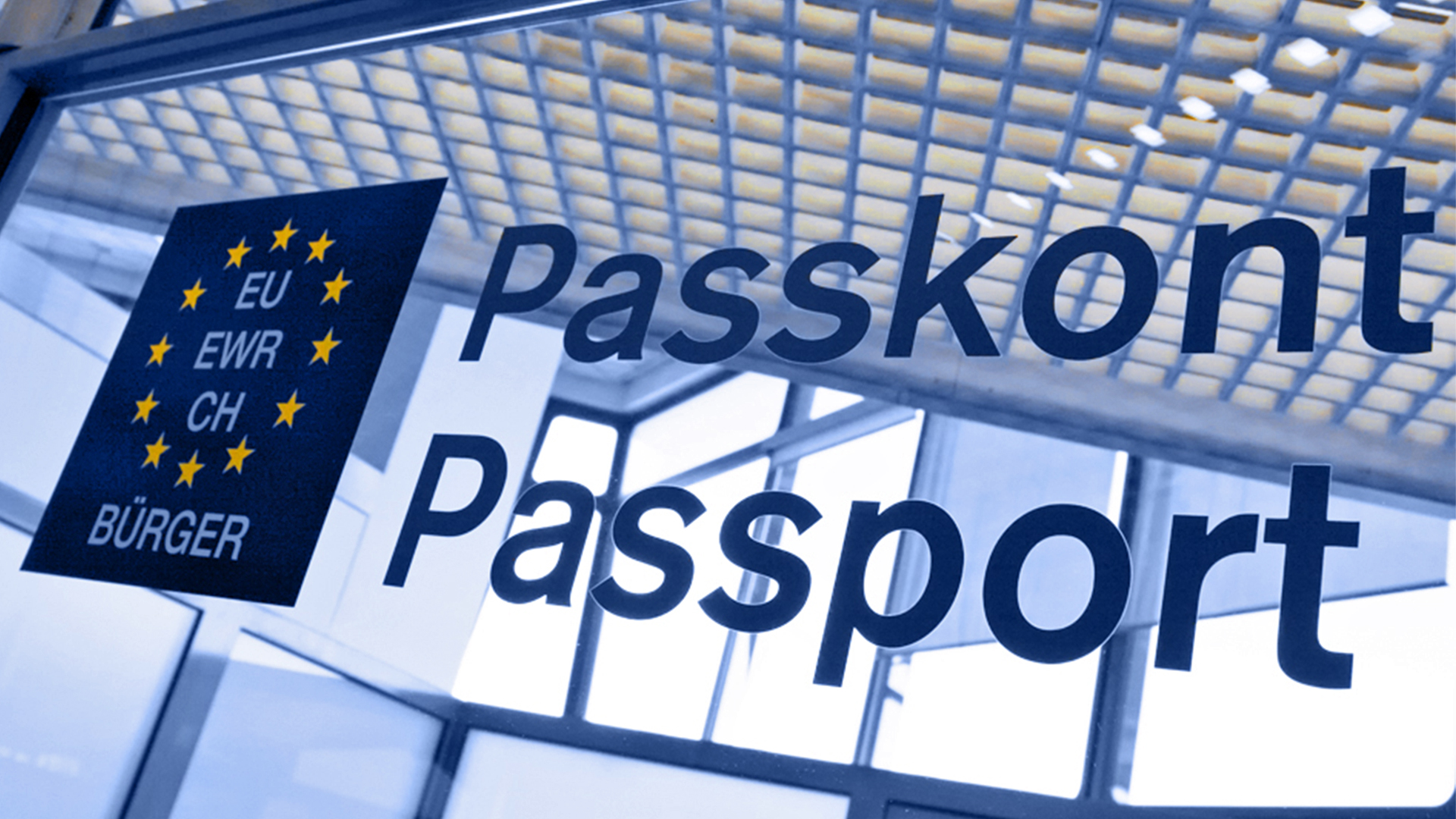Text|AI Finance and Economics Agency Yiwei
Edit|History
“Tesla has finally encountered an opponent with equal technical strength and flickering ability,” said Wang Xing, CEO of Meituan, who was promoted to “KOL in the new energy vehicle industry” after Huawei’s self-driving video caused heated discussions. Avoiding the praise and criticism in the original words, Wang Xing compared Tesla with Huawei, so that BAIC’s high-end new energy brand Jihu, which plays the role of the automaker, has no sense of existence.
Not only that, AI Finance and Economics found that Huawei’s car-making was highly praised on the Internet, but there were different attitudes towards cars equipped with this technology. Some people think that the fate of BAIC Blue Valley may be rewritten. Others questioned, “The quality of BAIC is 400,000?”, “The best self-driving car can take off if hit by a car?”
A chief analyst in the automotive industry told AI Finance and Economics that BAIC New Energy’s product strength is not more competitive in the market. With the addition of Huawei’s autonomous driving, it is unknown whether the market perception can be changed: “High-end The self-driving jersey cannot change weak physical fitness.”
The limelight gave Huawei
On the eve of the Shanghai International Auto Show on April 17, the Alpha S, the second model of Arcfox, a high-end brand of BAIC New Energy Automobile, was officially launched. The price of the four models was 251,900 yuan to 344,900 yuan after subsidies. From the perspective of product positioning and pricing, one of Alpha S’s main competitors is Tesla.

In addition to the dazzling parameters, the HUAWEI INSIDE version blessed by Huawei’s high-end autonomous driving became the biggest highlight of the press conference. The basic version with Huawei ADS highway automatic driving function was priced at 388,900 yuan, equipped with Huawei ADS full automatic driving (including urban areas). , High-speed, valet parking, etc.) features high-end version priced at 429,900 yuan. It is reported that the new car is expected to start delivery in the fourth quarter of this year.
The cooperation between Huawei and BAIC is not sudden. As early as 2019, Huawei and BAIC Blue Valley subsidiary BAIC New Energy announced the establishment of the “1873 Davidson Innovation Laboratory” to jointly develop technologies for the next generation of intelligent networked electric vehicles. At that time, Huawei’s rotating chairman Xu Zhijun said that Huawei and BAIC’s two partners would “build a world-class car”.
At that time, the market speculated whether Huawei would build the car itself. At the Shanghai Auto Show in May of the same year, Xu Zhijun said that Huawei does not build cars, but is committed to becoming an “incremental component supplier for intelligent connected cars.” For BAIC, the focus of the outside world is more about “how BAIC realizes the transformation from B-end to C-end”.
In 2020, BAIC New Energy’s high-end brand ARCFOX Polar Fox finally launched its first model Polar Fox Alpha T. This pure electric medium-sized SUV is equipped with Huawei’s MH5000 5G chip and uses Bosch’s autonomous driving assistance system. However, sales have been bleak since its launch, with only 71 vehicles sold in March this year.
The first product is not good, so I hope that the second product will shine. For the “first Alpha S equipped with Huawei’s high-end autonomous driving system”, someone close to Huawei said that it is essentially an L4 level of autonomous driving, but it is limited to compliance and is used in publicity. L2 level words.
The current level of L2 autonomous driving has gradually become the standard for new cars, but most of them are targeted at highway conditions and do not meet the daily urban commuting needs. Judging from the test drive videos that have been widely forwarded, the Extreme Fox equipped with Huawei’s autonomous driving solution has been able to cope with the complex road conditions in the city, and the claimed 1,000 kilometers do not require manual takeover, and the effect is quite amazing.
Wei Jiadong, a brand marketing expert and a tutor for postgraduate students at Beiwai International Business School, believes that the car jointly launched by BAIC and Huawei has attracted a lot of attention due to an autonomous driving video. In terms of communication, technology companies like to talk about technology, and listing parameters makes users’ perception weaker and unable to remember the bright spots. Need to spread more convincing stories, and even give reasons in terms of user value and service.
In addition, there are not many application scenarios for autonomous driving. The decision of users to purchase a car is often based on the appearance, space, comfort, brand, safety, price, etc. of the car. “The price is stuck at 400,000 yuan, and BAIC’s confidence is due to Huawei. Is it bursting?”
Word-of-mouth slippage
BAIC New Energy can be regarded as a veteran brand in the domestic new energy vehicle market: BAIC New Energy was established in 2009, and the first pure electric mass-produced car C30DB was launched in 2011. Although it is a few years later than BYD, it has a competitive price. It has opened a new energy vehicle “public” consumer market, and has won the new energy vehicle market sales laurel for 7 consecutive years.

Not only that, BAIC has also witnessed the ups and downs of the domestic auto industry, just like large auto companies such as SAIC, SAIC, GAC, and Dongfeng. According to statistics from the National Development and Reform Commission, there were 355 domestic vehicle brands in 2005, of which proprietary brands accounted for 69%, mainly in the commercial vehicle field. To this end, strengthening independent innovation has become the focus of the development of the automotive industry during the “Eleventh Five-Year Plan” period, and guiding enterprises to merge and reorganize in competition and have a production capacity of one million vehicles.
Before attacking new energy, BAIC wanted to compete with GAC for the top spot in the “Four Smalls” and proposed a radical “Big BAIC” concept. As the former chairman of BAIC Holdings, Xu Heyi, who took office in 2006, has always had a clear purpose-to rapidly expand the scale of BAIC and become the first camp of domestic auto companies.
However, after losing battles in mergers and acquisitions with Volvo and Chrysler, BAIC identified a group of small and medium-sized auto companies in China, and finally acquired resources such as Saab, Weiwang, Changhe, Beijing, Magic Speed, and Foton. Four major national layouts in Central China, South China, Southwest, and East China have been formed, and the desire for rapid expansion has finally been realized. However, industry insiders pointed out that large-scale expansion can still be supported in a high-growth, extensive market environment. As market competition intensifies, BAIC has focused on expansion but ignored the improvement of basic capabilities, laying hidden dangers for future development.
In 2011, BAIC, which has successfully achieved capacity and scale expansion, accelerated the development of its own brands under the “Twelfth Five-Year Plan”, and new energy vehicles became a breakthrough point. BAIC New Energy, which “trades by price”, quickly occupied the B-end market such as taxis and online car-hailing. But the good times are not long. The slow model update, lagging technology, and worrying quality have gradually become the label of BAIC New Energy. Not only that, the sales of Saova, which is the main force of BAIC’s own brand sales, encountered Waterloo, and Weiwang, Changhe and Magic Speed also fell sharply. The entire BAIC self-owned brand matrix has fallen into a situation where the tail end will not drop.
What is the prospect of cooperation with Huawei?
At the press conference on April 17, Liu Yu, chairman of BAIC Langu, stated that “this year must be the first year of high-level autonomous driving.”
The landing process of autonomous driving has attracted much attention in recent years. Gartner, an international research organization, pointed out that it will take at least 10 years to achieve autonomous driving above the L4 level, because this is not only a technical problem, it also involves business, policy, legal, ethical and other constraints.

The current autonomous driving has several different grading standards. The more mainstream NHTSA (United States Highway Safety Administration) divides it into 5 grades, and SAE (International Society of Automata Engineering) divides it into 6 grades. The “Automotive Driving Automation Classification” officially implemented on the 1st is closer to SAE. In addition to classification, the supporting laws and regulations need to be further improved. The judgment standards and statutory operating areas of autonomous driving in actual application scenarios need to be further improved and improved. clear. Even Liu Yu also said at the press conference: “Since it is the first year, there must be a lot of things that are not ready. This is an inevitable fact.”
An industry insider pointed out that for most car owners, L2 and L2.5 level autopilots are no longer a rare concept, and L3 and L4 are indeed somewhat beyond the scope of cognition. “It is not so much a landing, it is a preemption of cognition. , Preconceived.”
“The thinking of BAIC New Energy is that the power source is only the carrier, and what will be developed in the future is the new technology attached to the power source. The new brand we want to create is based on driving and riding. We hope to advance through technology. , Change the way consumers travel.” Liu Yu said.
In terms of intelligent configuration, Alpha S has 12 ultrasonic radars, 5 millimeter wave radars, 4 panoramic cameras, and 1 driver face recognition camera. Huawei HI version has 34 sensors, 3 96-wire car-gauge lidars, 6 millimeter wave radars, 12 cameras, and 13 ultrasonic radars. According to the parameters, some people speculate that Huawei’s technical level can already surpass Tesla’s autopilot FSD.
It is undeniable that joining hands with Huawei has given Jihu a certain advantage in differentiated products. However, the “incremental parts supplier” Huawei’s cooperative car company is not only BAIC. “It needs to be considered that this car can only land in the fourth quarter. By that time, similar products that Huawei has cooperated with Changan, Xiaokang, and Guangzhou Automobile have basically come out. Baidu Apollo products have also come out, and the price may be cheaper. “A brokerage auto industry analyst thinks so.
Regarding the product price of 400,000 yuan, Liu Yu explained in an interview that the price was decided after repeated discussions between Jihu and Huawei.
Some analysts believe that Huawei, which holds core technologies, has always been known as a strong one. In contrast, Beiqi Jihu’s right to speak is naturally weaker by three points. In the eyes of the outside world, in the face of Jihu’s 400,000 yuan price, the first question is the “why” of BAIC Jihu. Few people question the value of technology provided by Huawei. After coming and going, Beiqi polar fox is like a mute eating coptis, and there is no way to tell.
In addition, “Huawei’s several partners have different strengths. In terms of R&D and production, BAIC, GAC, Changan, etc., have their own gaps. At that time, Jihu will not perform well, and it is likely that Jihu itself will become the target of public criticism.” The auto analyst added.
This article was originally produced by AI Finance and Economics, an account of “Finance World” Weekly. Please do not reprint it on any channel or platform without permission. Offenders must be investigated.





























































You must log in to post a comment.